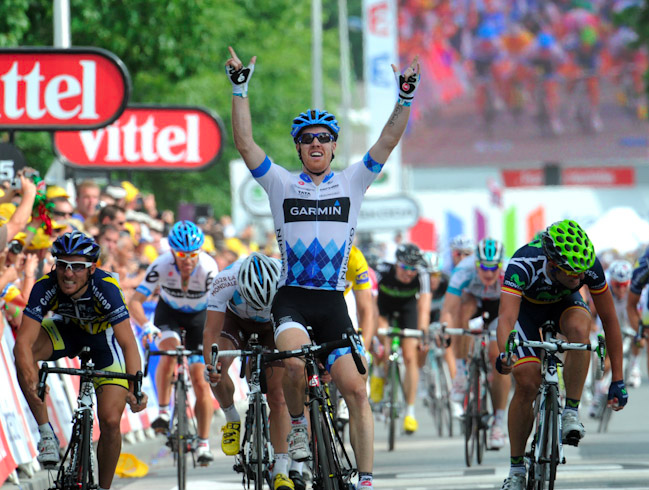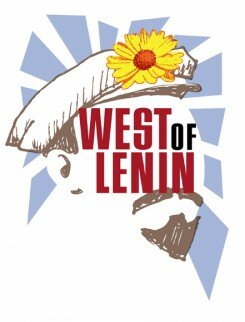 It’s West of Lenin‘s A.J. Epstein who puts his finger on it. We’re standing in a hallway as the acts rehearse for West of Lenin’s grand opening, and Epstein’s concentration keeps wavering back to the black box theater; he delightedly catches himself wearing both the hats of both producer and fan.
It’s West of Lenin‘s A.J. Epstein who puts his finger on it. We’re standing in a hallway as the acts rehearse for West of Lenin’s grand opening, and Epstein’s concentration keeps wavering back to the black box theater; he delightedly catches himself wearing both the hats of both producer and fan.
Why Fremont, I ask, and Epstein says at first that Fremont happened to be where he had the building. (You’ll find it at 203 N. 36th Street, directly across the street from the George & Dragon Pub.)
But then he rattles off the appearances of Circus Contraption at Theo Chocolate, around the corner; the Moisture Festival at Hale Palladium down the street, and one more intersection of art and commerce seems almost predestined by Fremont’s promiscuous genius loci.
 The way West of Lenin is supposed to work, after all, is as a tag-along in a larger building devoted to commercial office rental. If Epstein has calculated correctly, with his building full of tenants, the black box theater rides free. (So far, his tenants are himself and Ecco architectural design, who reworked the space for him. )
The way West of Lenin is supposed to work, after all, is as a tag-along in a larger building devoted to commercial office rental. If Epstein has calculated correctly, with his building full of tenants, the black box theater rides free. (So far, his tenants are himself and Ecco architectural design, who reworked the space for him. )
That takes the pressure off West of Lenin to somehow be money-maker enough to pay rent, with maximum audiences of around 100. (A size that, crucially, allows smaller shows to sell out and create buzz.) It’s a slightly bigger step, true, creating a resident space, but it also says something about the spirit of place.
Having artists on commercial premises is all well and good until one of them says (or performs) something a customer doesn’t agree with. Fremont businesses have been willing to take that chance, and audiences have been happy to show up and reward them. That’s not as true elsewhere in Seattle. Business owners are either a little less inclined to share their real estate, or audiences have other arts-specific venues to attend.
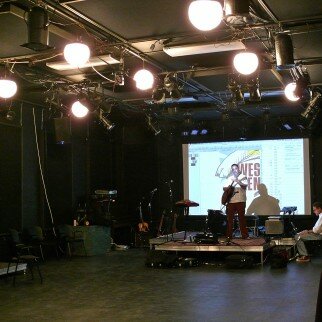 It’s true that West of Lenin exists because Epstein wants it to. He had the chance to reconfigure the space in his building, and, at least for the short-term, curate for the “friends and family” he’s acquired through Ethereal Mutt, Limited, productions. After that, the 88-seat black box theater will rent in “multiple configurations”–Epstein says he’s got several layouts drawn up, using his risers and chairs.
It’s true that West of Lenin exists because Epstein wants it to. He had the chance to reconfigure the space in his building, and, at least for the short-term, curate for the “friends and family” he’s acquired through Ethereal Mutt, Limited, productions. After that, the 88-seat black box theater will rent in “multiple configurations”–Epstein says he’s got several layouts drawn up, using his risers and chairs.
Emily Reitman (206-352-1777 or emily@emutt.com) handles the bookings. Epstein is happy simply to rent the space, or, in the case where he’s interested, co-produce. The main thing, he says, especially early on, is to book shows that have existing audiences.
So far, the lineup at West of Lenin has raised eyebrows appreciatively:
- Seattle comedian and cabaret crooner Mark Siano will workshop a new piece in the Fall 2011.
- Brooklyn-based rock band Sky White Tiger (www.skywhitetiger.com) premieres a new immersive live show October 5, 2011.
- Sandbox Radio LIVE, produced by Sandbox Artists Collective (www.thesandboxac.org) and the first production ever at West of Lenin, returns Oct 10, 2011.
- Matt Richter/XOM (www.xomonline.com) will inaugurate a new, semiannual, late night cabaret beginning Winter 2011.
- Playwright/actor/director Paul Budraitis will workshop a new physical theatre piece Fall 2011
- Emerald Reels Super 8 Lounge, a series of film/DJ amalgamations that last played the Re-Bar in 2004, will present at West of Lenin Fall 2011.
- Kevin Joyce, co-founder of UMO Ensemble, former host of Big Night Out on Seattle TV, and former principal performer and Director at Teatro Zinzanni revisits his award-winning solo show, A Pale and Lovely Place, in December 2011.
 Thanks to Cliff Mass and his post on fireworks-induced air pollution, I’ve fallen down the air quality rabbit hole on the internet. I was curious anyway because yesterday in the park I started coughing so hard I had to stumble home, watery-eyed.
Thanks to Cliff Mass and his post on fireworks-induced air pollution, I’ve fallen down the air quality rabbit hole on the internet. I was curious anyway because yesterday in the park I started coughing so hard I had to stumble home, watery-eyed.

 It’s not on the menu, but for four bucks, you gotta give this a try.
It’s not on the menu, but for four bucks, you gotta give this a try.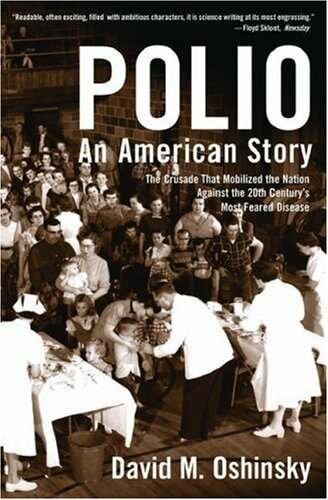
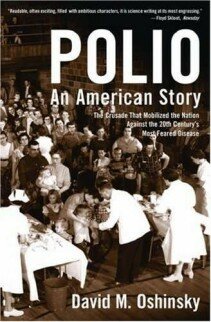
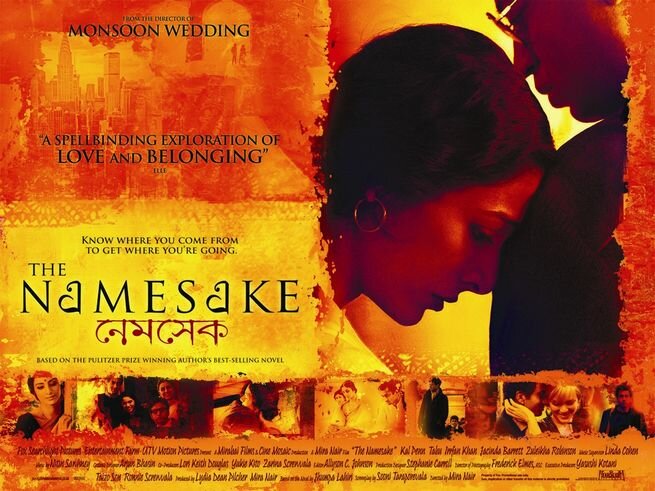
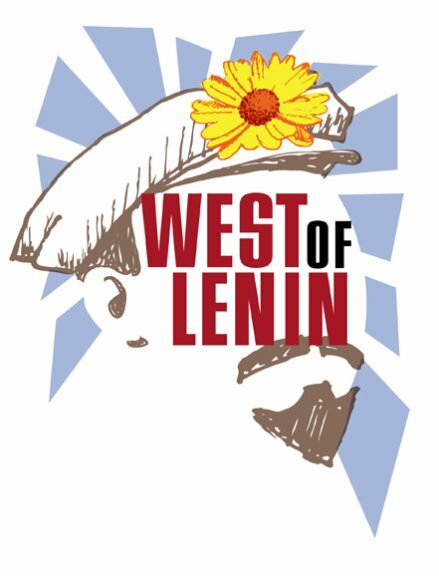
 It’s West of Lenin‘s A.J. Epstein who puts his finger on it. We’re standing in a hallway as the acts rehearse for West of Lenin’s grand opening, and Epstein’s concentration keeps wavering back to the black box theater; he delightedly catches himself wearing both the hats of both producer and fan.
It’s West of Lenin‘s A.J. Epstein who puts his finger on it. We’re standing in a hallway as the acts rehearse for West of Lenin’s grand opening, and Epstein’s concentration keeps wavering back to the black box theater; he delightedly catches himself wearing both the hats of both producer and fan. The way West of Lenin is supposed to work, after all, is as a tag-along in a larger building devoted to commercial office rental. If Epstein has calculated correctly, with his building full of tenants, the black box theater rides free. (So far, his tenants are himself and Ecco architectural design, who reworked the space for him. )
The way West of Lenin is supposed to work, after all, is as a tag-along in a larger building devoted to commercial office rental. If Epstein has calculated correctly, with his building full of tenants, the black box theater rides free. (So far, his tenants are himself and Ecco architectural design, who reworked the space for him. ) It’s true that West of Lenin exists because Epstein wants it to. He had the chance to reconfigure the space in his building, and, at least for the short-term, curate for the “friends and family” he’s acquired through Ethereal Mutt, Limited, productions. After that, the 88-seat black box theater will rent in “multiple configurations”–Epstein says he’s got several layouts drawn up, using his risers and chairs.
It’s true that West of Lenin exists because Epstein wants it to. He had the chance to reconfigure the space in his building, and, at least for the short-term, curate for the “friends and family” he’s acquired through Ethereal Mutt, Limited, productions. After that, the 88-seat black box theater will rent in “multiple configurations”–Epstein says he’s got several layouts drawn up, using his risers and chairs.